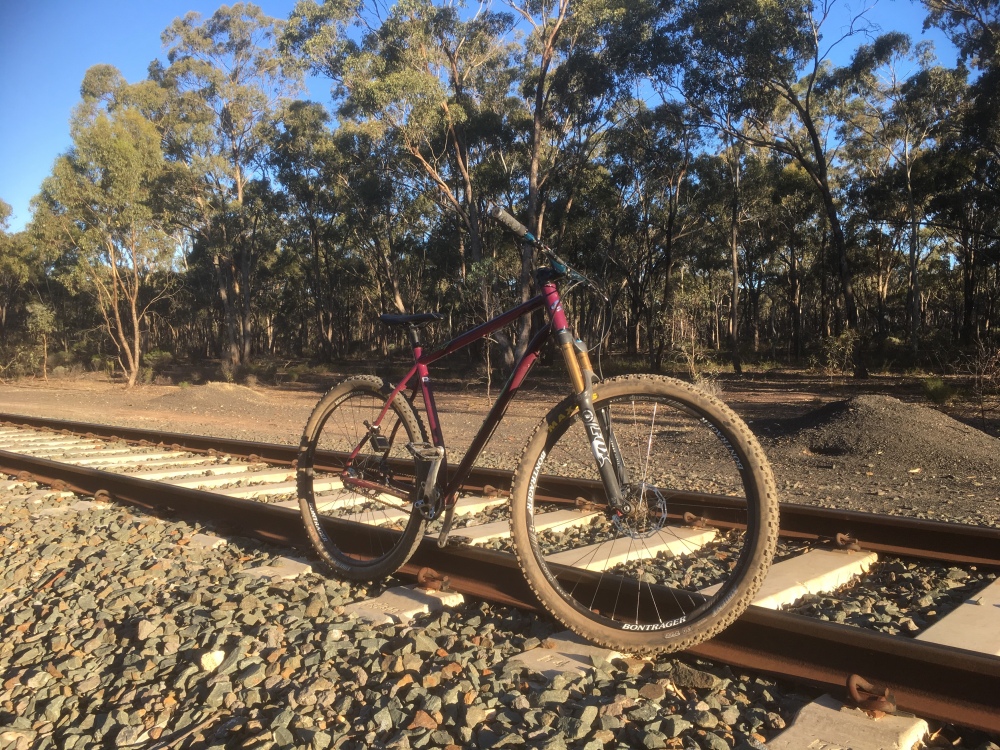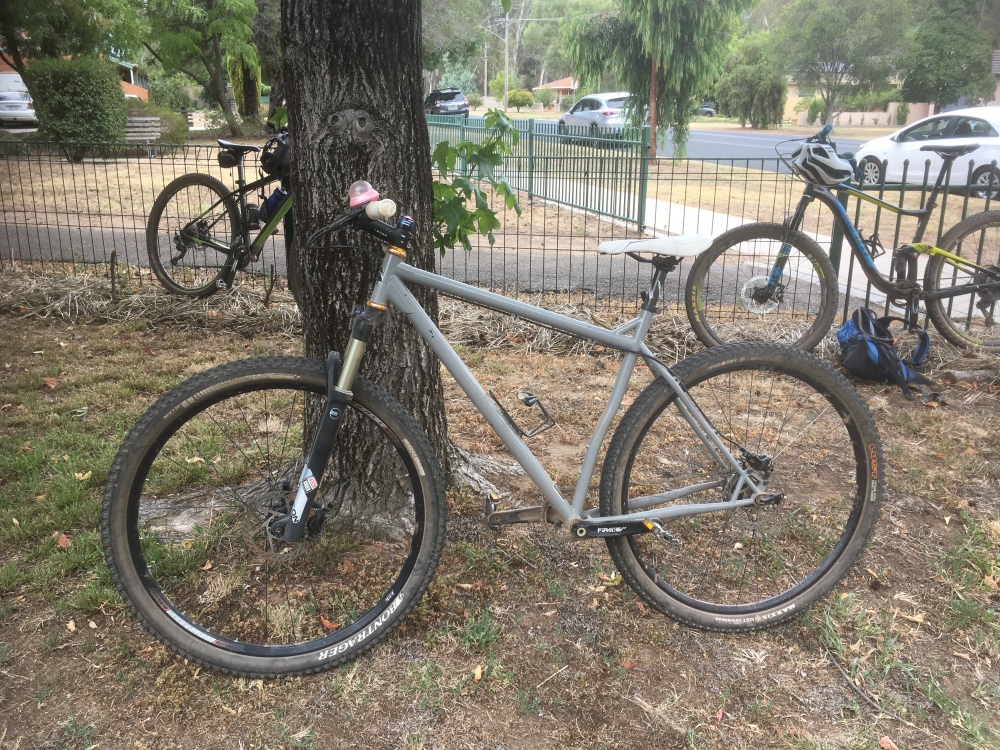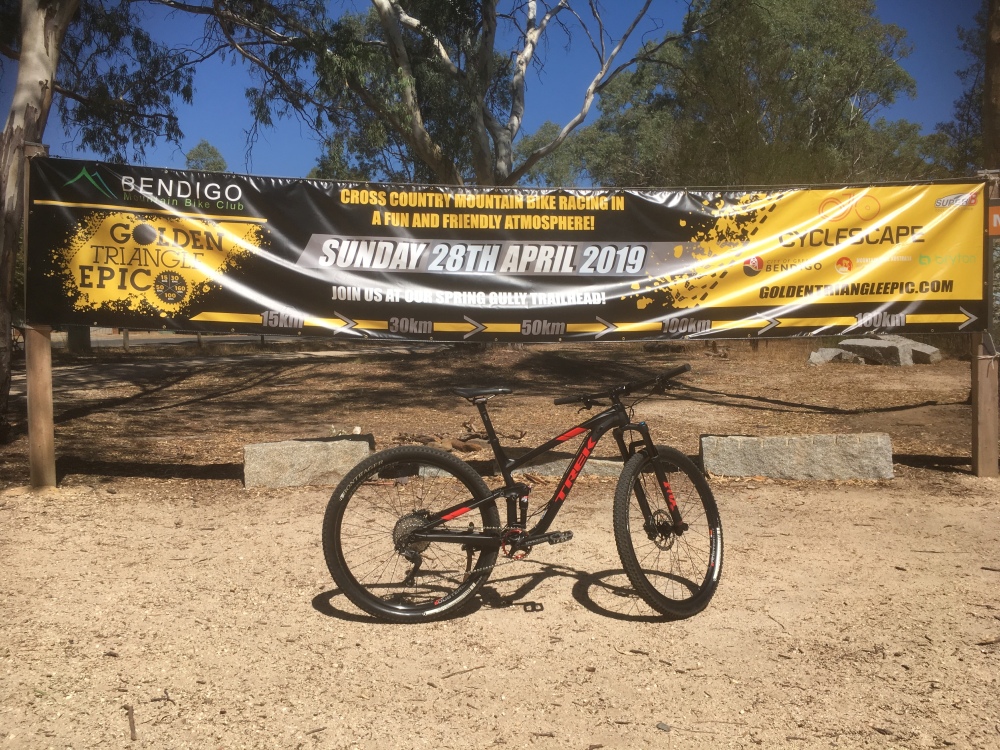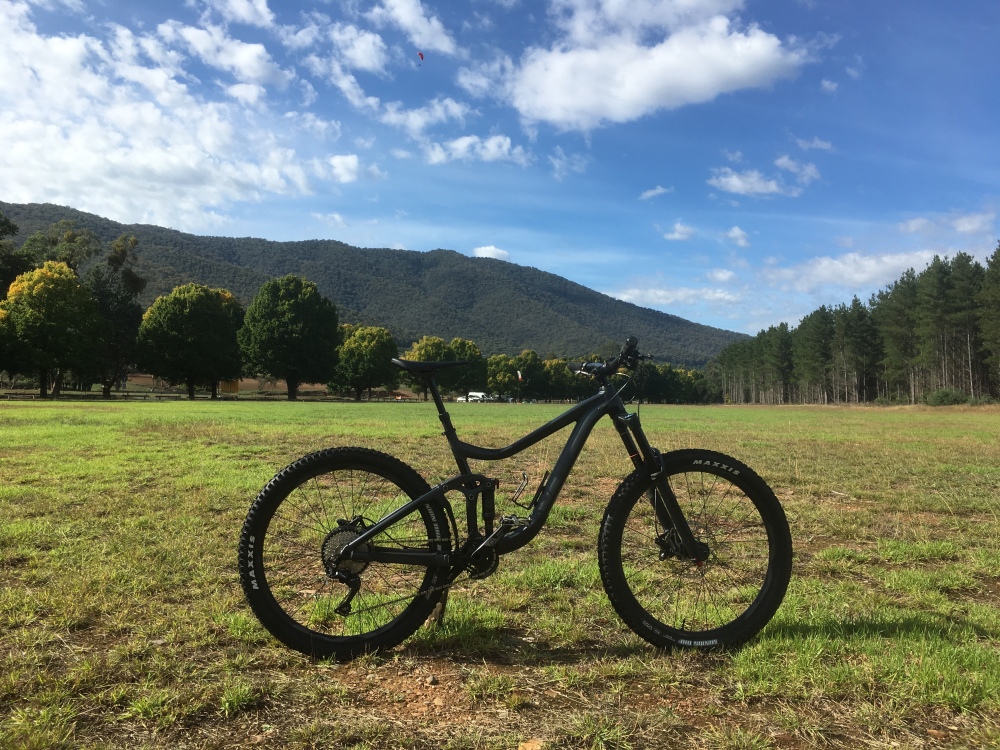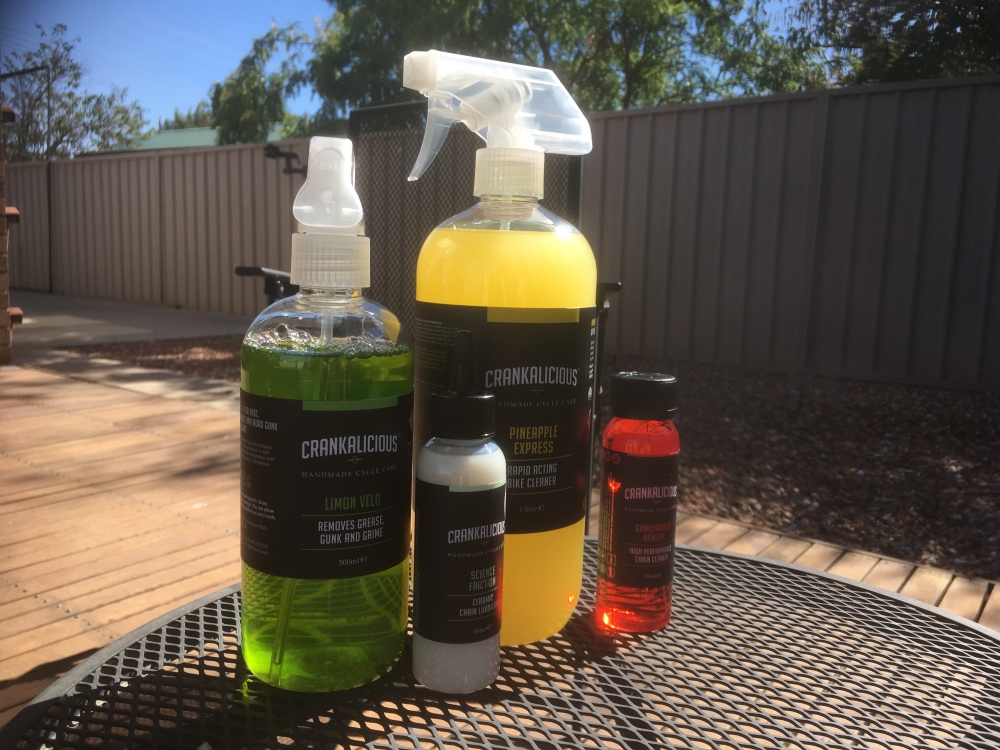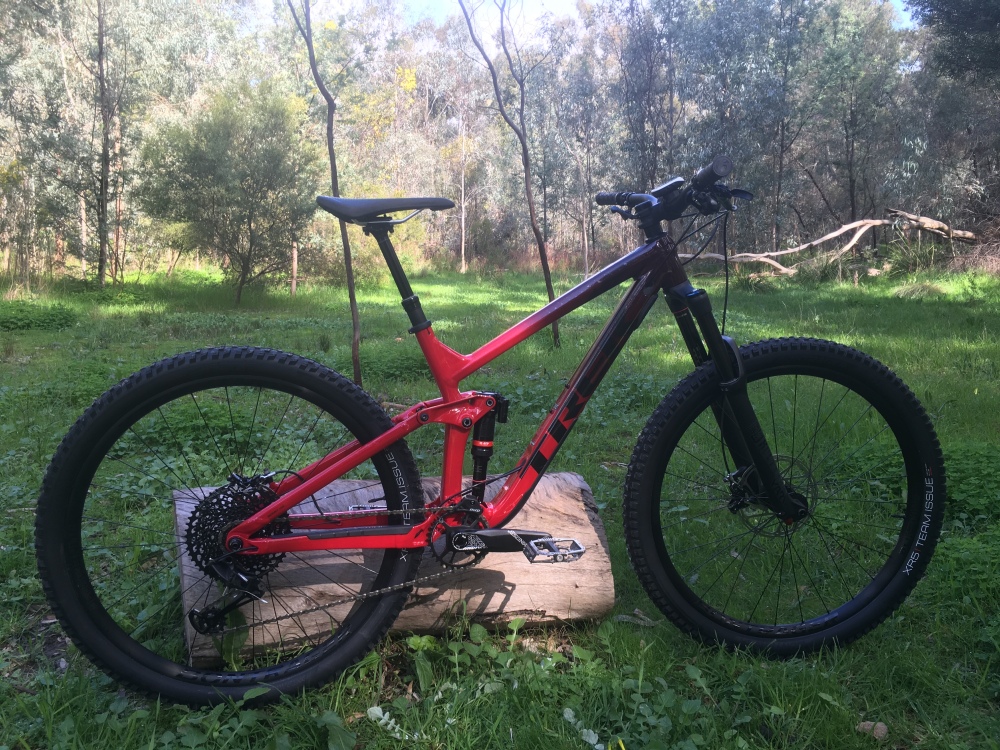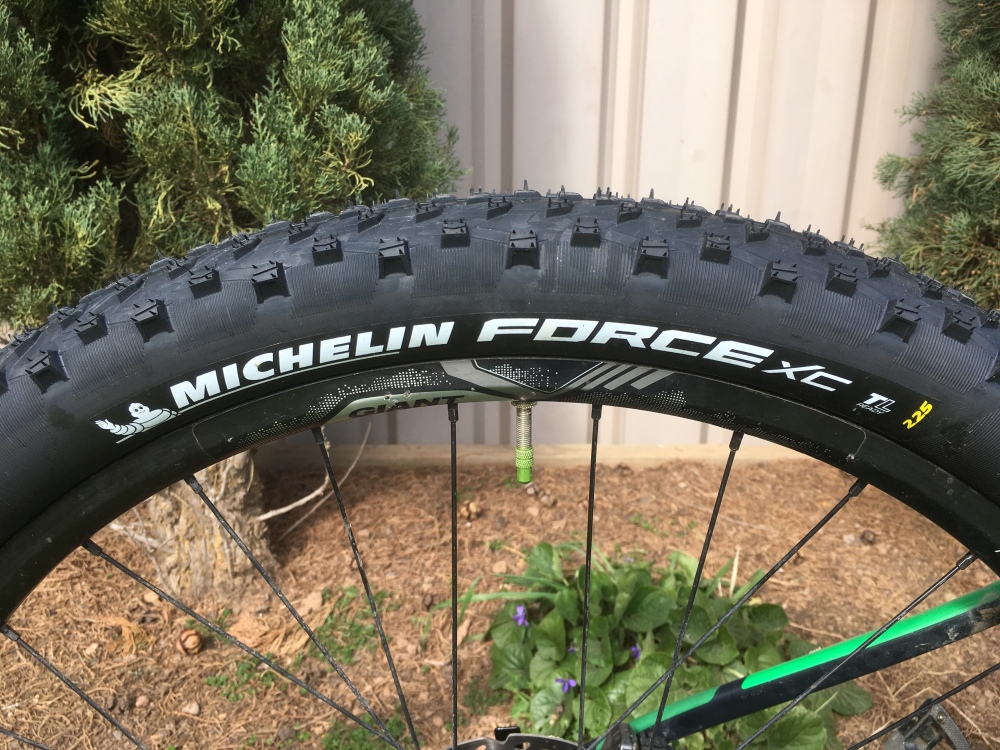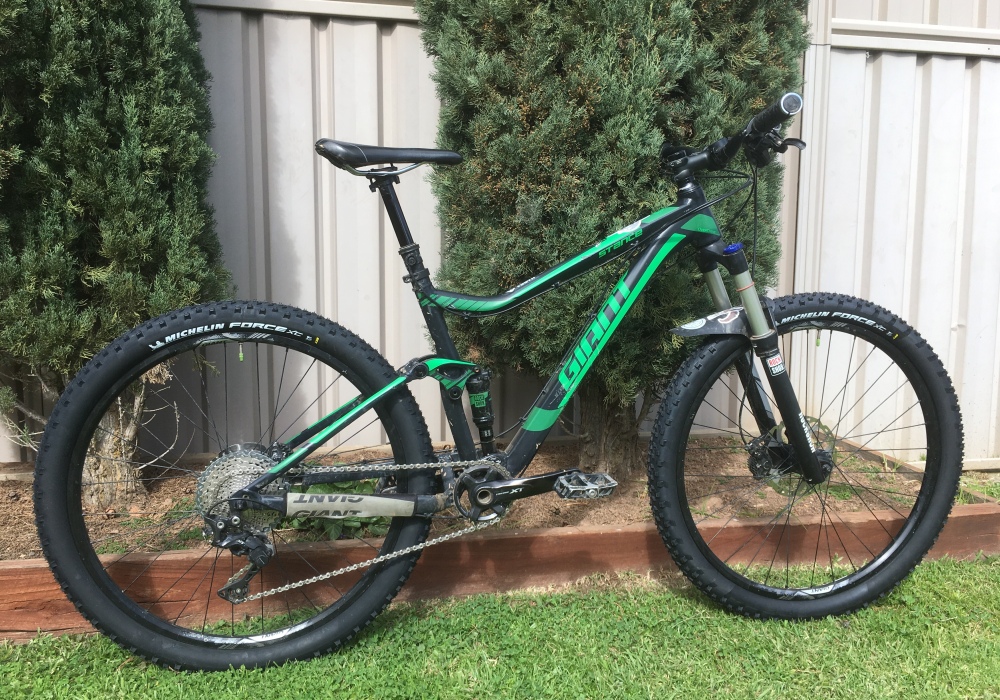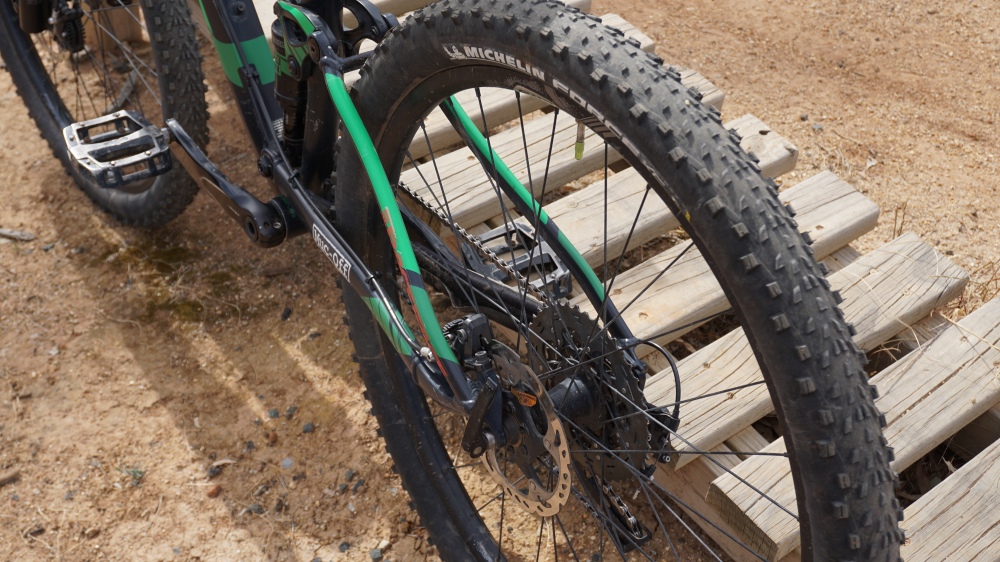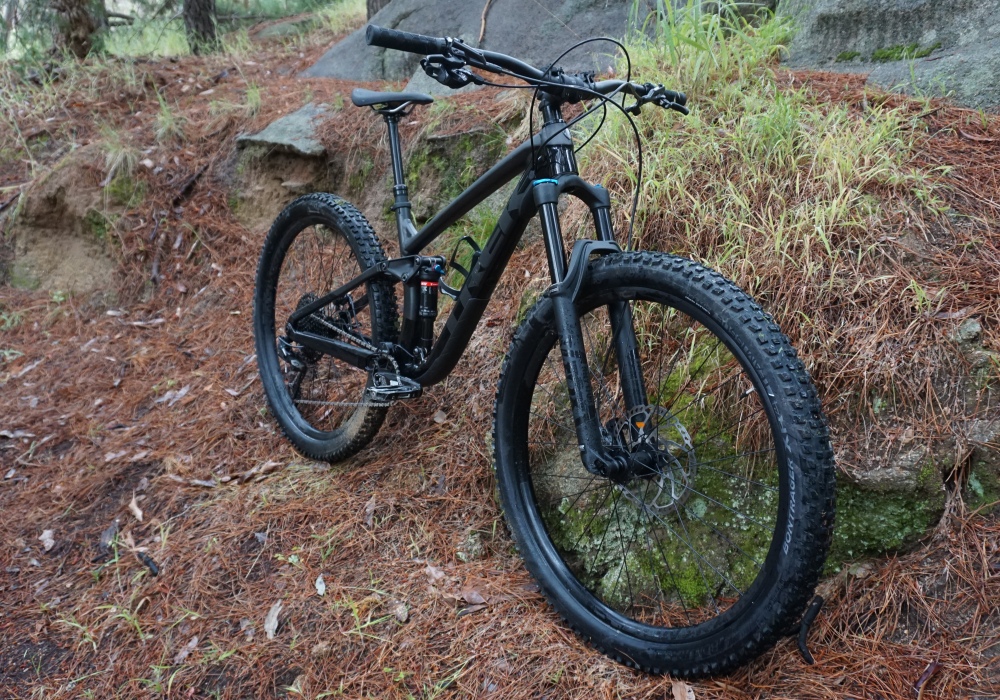
Rider Files 61: Re-Fueled
I’ve come to know the Trek Fuel EX platform over the past few years, with my second review being the 2017 Trek Fuel EX 8 down in You Yangs, the 2018 Trek Fuel EX 9.7 up in Bright, and the history piece I did a few months back leading up to the announcement of the 2020 range. It has been a great trail bike for a while, tangling with the Giant Trance, Scott Spark, Specialized Camber/Stumpjumper and Merida One-Twenty; but at some point you need to push the design forward again to make sure it is relevant in the modern trail bike market. And on paper, Trek have brought in a new Fuel EX to take on the market share for sure. 140mm travel out front, 130mm travel in the rear, carbon models all coming with carbon mainframes and stays, the BITS storage (“not a SWAT” box) in the carbon frames, and the removal of the Full Floater linkage on all bikes being the key points across the range. So what is happening with the new Fuel EX?
Unlike other review sites and groups that test the Fuel EX 9.8 or the AXS equipped Fuel EX 9.9 that show it off to the max, I get to ride possibly my favourite configuration which is the Fuel EX 8 which is the best alloy model you can get. The short headlines are Fox Rhythm 34 and GRIP dampener out front, Fox Performance EVOL shock in the frame, SRAM GX Eagle for the drivetrain and Shimano Deore M6000 hydraulic disc brakes. After that, you have Bontrager Line 30 Comp alloy rims, Bontrager XR4 Team Issue 29×2.6 inch tyres, Bontrager Drop Line dropper post, and Bontrager all the rest of the things. And this all checks through the register at $4,499 AUS ($800 more than the EX 7, $500 less than the EX 9.7), so it stands far apart from its siblings. So where do we go from here?

The 2020 Trek Fuel EX 8 in all its black and gun-metal grey glory!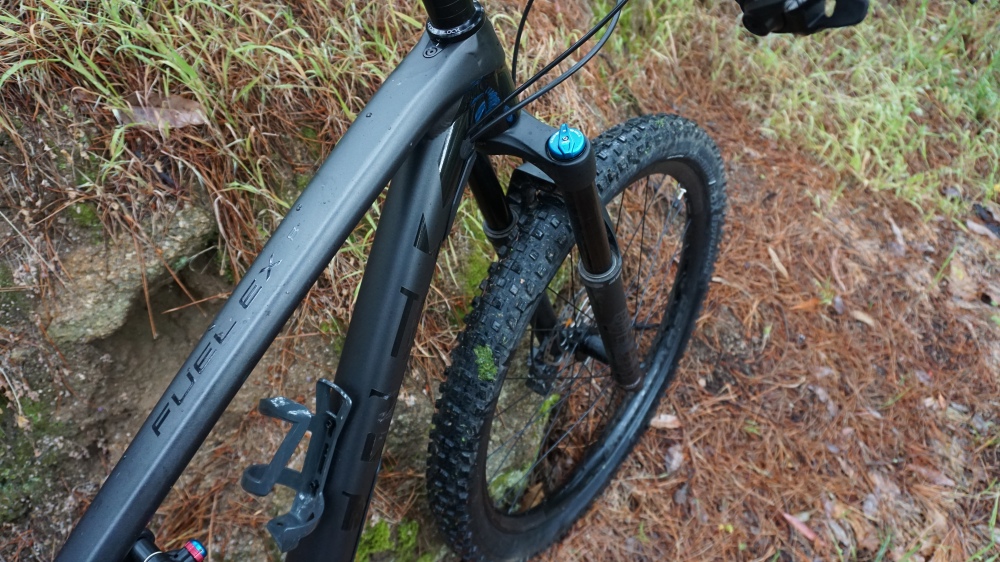
Front end includes the Fox Rhythm 34 with 140mm of travel, GRIP dampener, and 15mm Kabolt axle, Bontrager Line Comp 30 rims, Bontrager XR4 Team Issue 29×2.6 tyres, and the Shimano M6000 (Deore) on a 203mm rotor. Knockblock headset and Bontrager Line 35 stem as usual.
Left hand is pretty tidy with the rear brake lever and south paw dropper remote sitting nicely together in black.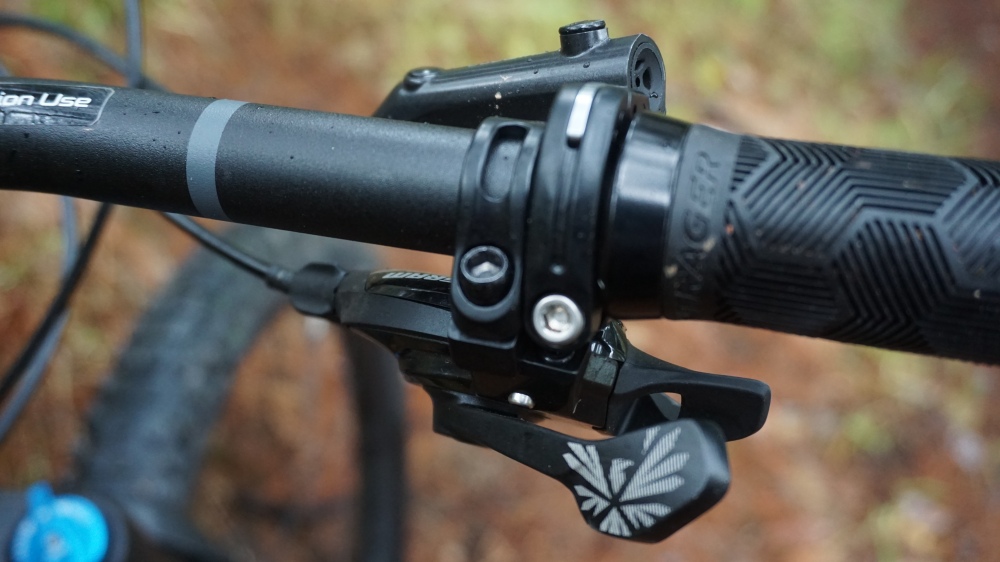
Right hand possesses the front brake lever and the trigger for the SRAM GX Eagle.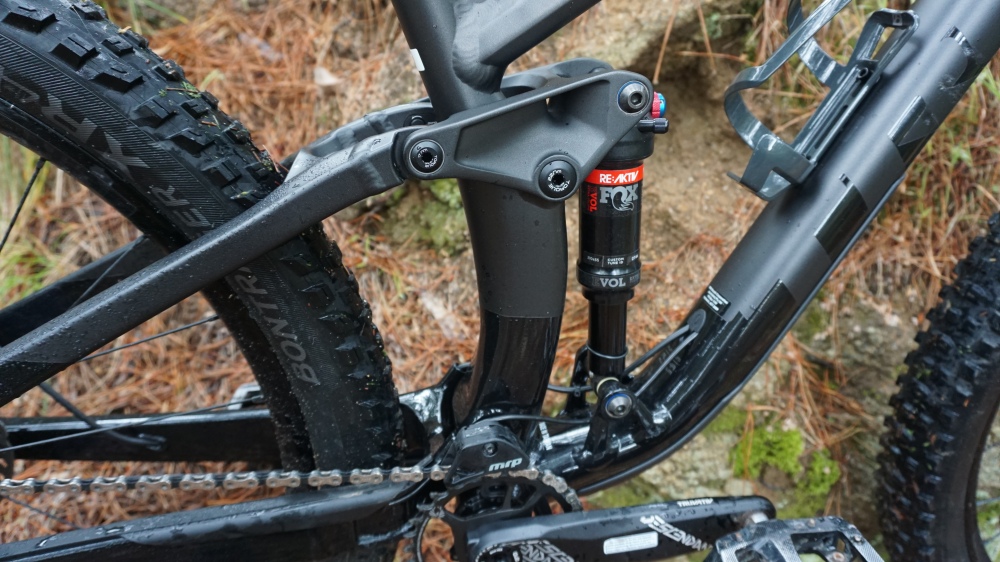
The guts of the bike include the Fox Float EVOL (210x55mm) with three position dampener, a solid mounting point since Full Floater has been surpassed, magnesium rocker link with Mino-Link tabs, Control Freak internal routing coming from the down tube and into the chain stay, and finally the Truvativ cranks. The chunky seat tube adds a lot of rigidity and integrity to the pedalling platform of the Fuel EX range.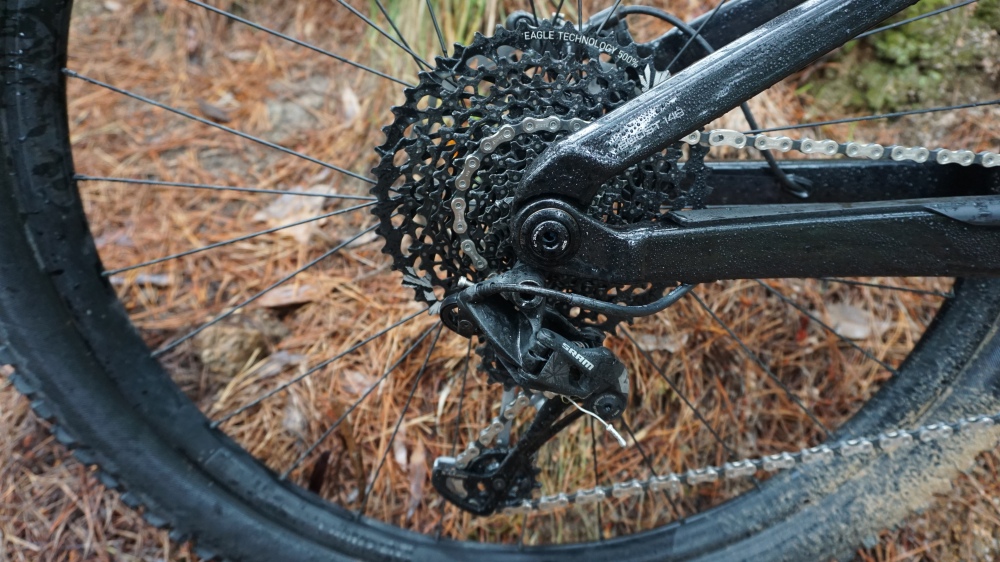
Rear end is straight forward as Active Braking Pivot suspension linkage, SRAM GX Eagle 12 speed cassette and derailleur, Shimano M6000 with 180mm rotor, Bontrager Line 30 Comp rim, and the Bontrager XR4 Team Issue 29×2.6 inch tyre.
Standard test procedures in place, where the 15km Spring Gully loop is used to test handling and capabilities, Spring Gully Hot Lap for outright speed, and Harcourt for technical prowess. Outlier tracks will be Pineys for filming an edit for this bike, and the RACV Goldfields Resort Kangaroo Trail which was used for the initial shakedown after picking it up from Ballarat.
Deja Vu?
Having ridden some of the previous models, the chassis for the 2020 model doesn’t feel alien. In fact it almost felt exactly the same in the slow speed corners and climbing. Doing some numbers research, it was hard to believe that Trek have somehow recreated the same feel from the older models but made it better? The head angle is 1 degree slacker, the seat tube angle is 9.5 degrees steeper to get you more central on the bike for climbing, and the frame reach (distance from bottom bracket to central axis of steerer tube) is almost 2cm longer. But the effective top tube length, bottom bracket height and stand over height all remain consistent. But what do the numbers imply?
Remembering that we are dealing with a slacker trail bike with 10mm longer fork travel and the seat is now pitched forward to improve traction and manoeuvrability while climbing and cornering, Trek have slightly improved climbing and descending without compromising the “feel”. As with the Surly Karate Monkey piece I did a few months ago, loyal consumers will stick with a brand and chassis because it “feels a certain way”. Some people adore Giant’s Maestro link, others love the feel of chromoly steel. But for the Trek purists or people wanting to get onto a Fuel EX, rest assured it still rides and responds like Fuels of old but now slightly better again.
It felt like “pick up and play” to me where I knew it would hold a stable line through berms and the Knockblock headset would arrest you right before you jackknife the handlebars. So in the best way possible, the 2020 Fuel EX chassis “feels” the same as the 2019 Fuel EX chassis. But then we get into the changes and you appreciate how this bike has progressed.
The Trio of Changes
Looking at the specs list for both Fuel EX 8s, everything is near identical for components except for the Rhythm 34 being elongated to 140mm, the Full Floater rear linkage has been scrapped (the Float EVOL has been tuned to accommodate), and the Bontrager XR4s have ballooned to 29×2.6 inches from the 29×2.4. Otherwise, the GX Eagle drivetrain, M6000 disc brakes, cockpit, seatpost, and rims are all the same from 2019. But the three components they have changed have improved the bike’s overall performance.
With 10mm of extra front end travel, yes it does imply that you can send large jumps and drops, but when you’re not defying gravity it provides a more supple ride on choppy surfaces. This is true for all suspension bikes where increased travel can allow for a longer bottom end and a supple ride in the beginning stroke, but for those wanting a great trail bike and don’t want to send massive jumps then the 10mm bonus travel can work for you. The slightly thicker tyres do provide extra traction in berms at the expense of rolling resistance, but they also deal with looser trail surfaces like sand and loam better than previous iterations. Larger volume tyres also provide slightly improved trail dampening properties, so while you don’t have the FIT4 dampener to isolate trail noise through tuning, the chunky XR4 tyres are appreciated for making trail riding smoother. And I’m still not sure how I feel about the Full Floater being made redundant and the shock being tuned to compensate, but the rear end definitely feels stiffer, lighter, and more predictable to whip around.
By changing these three components along with the geometry tweaks, Trek have pushed their mid travel trail bike forward without straying from the riding feel of the previous Fuel EXs. The turn in response on uphill switchbacks feels similar to the 2019, but the rear end feels more predictable thanks to the removal of the Full Floater. The additional travel in the fork makes rock gardens and chattery sections smoother, but the longer fork doesn’t make the front end sluggish. And the fatter tyres work to improve traction under a wider variety of trail surfaces, making this a more versatile trail bike at the expense of rolling resistance.
The Beast Unleashed
I know I’ve talked a lot about how it feels like the old Fuel EX yet improved, but this is essential to understanding how well it performs on the trail. This is an incredibly fast and capable bike, the first proof being the Hot Lap timed run. The current leaderboard is:
11:58 2020 Trek Fuel EX 8
12:26 2016 Trek Farley 9 (Warpath)
12:32 2019 Surly Karate Monkey (Kaiju)
12:33 2020 Trek Slash 8
12:55 2016 Giant Stance 27.5 2 (Titan)
13:23 2019 Trek Marlin 4
Kaiju had a really good run on the Hot Lap a week before, so that’s why it’s into third now. The EX 8 set best sector times throughout the lap and felt in control the entire time. It also took out best times on Koolamurt Bridge climb and the Dam Wall Jumps and Drops, indicating it is no slouch on flowing descents and climbs.
On the extended 15km Spring Gully loop, it handled pinch climbs and tech climbs easily; it felt stable while bombing rocky chutes; and it took to sharp corners beautifully on Mitchell’s Trail Reverse and Bathtub Track. For cross country/trail use, it is a well balanced bike with no compromises. If you wanted something that descends better, then just look to the Slash 8. If you want something that climbs better and is lighter to pedal, look to the Top Fuel 8. Because what we have here is the knife’s edge of trail riding where it can climb as well as it descends, and you feel comfortable doing either.
What about wet weather testing? Oh yes, I went out in the rain to test how well this would go when you’d rather be sitting at home watching Antiques Roadshow. The tyres handled the wet pine needles and loam at Castlemaine well, while it also took on the slick wet rock climbs of Harcourt amazingly, both climbing and descending. I think again, Bontrager’s new tyre series can go under-appreciated since it is an in-house component, but these Team Issue XR4s can operate in a very wide range of conditions from loose-on-hardpack up to wet rock and mud. And these tyres come standard on all models of Fuel EX for 2020, so the lowest spec EX 5 and the highest spec 9.9 all have access to these great trail tyres!
The really technical climbing and descending is what you would want from the new Fuel EX. It handles gnarly rock gardens even better than previous years, it is whippable on flowing switchbacks, and the XR4 tyres do well to hook up on rock slab climbs and uphill rock gardens. The only thing I noticed was in “Low” Mino-Link mode, it had a tad more under steer than previous years. With better line choice and some brute force I did get it around the slow tech of Trail 9 at Harcourt, but I couldn’t shake the impression it had left. But this forced me to ask the question, how well does the Mino-Link work? I had never played with it on the 2020 Slash 8 or the 2018 Fuel EX 9.7, so it was about time to see what it was about…
The Missing Link?
Takes longer than using Canyon’s Shape Shifter linkage, but cheaper than having two near identical trail bikes. The Mino-Link is something I have discussed on this blog for the intensive purposes of how design iteration is necessary and complex when creating a mountain bike. The Mino-Link barely moves the articulation point of the shock linkage and the seat stay by a centimetre, but boy did I notice the difference. The head and seat tube angles steepened by 0.5 degrees, and the bottom bracket was raised by 7mm. Again, the numbers don’t seem like much but when you look at the bike and ride it, you do notice the difference this mino-r change makes.
The Spring Gully 15km loop clockwise has fast descents with rock gardens, swooping switchbacks and the Hole in the Wall; and the climbs are mostly slow uphill slug fests. Running it anti-clockwise however you need to contend with those same rock gardens and tight switchbacks as climbs. And after taking on the reverse loop with the Mino-Link set to High, I was pleasantly surprised and blown away by how well it performed. The turn in on low speed hairpins was excellent, hopping up ledges felt less sketchy, and my pedaling position felt solid. Since the descending performance didn’t take a nose dive, I honestly believe that the 2020 Fuel EXs should be demoed and sold in the High Mino-Link setting. Not many people have the opportunity to ride park or get shuttled to the top of descents, but the experience of the High setting was superb for cross country and trail riding. So if you intend on riding this at your local cross country trail, do a lap or planned route with it in the (probably) Low setting first and then crank it to the High setting provided you have an adjustable torque wrench rated to 17 Nm. Trust me, it might be the thing that sells you on the Fuel EX and the Mino-Link in general.
Conclusion
When I reviewed the Slash 8, I gave it a short review of “stable, yet nimble”. I have expectations about these bikes and then throughout the riding process I see how the bikes perform to my expectations and then if they defy them in some way. With the 2020 Fuel EX 8, it already had the previous expectation of the 2017 and 2018 models I had reviewed. But with geometry tweaks, longer fork travel, and a revised rear suspension linkage the new improvements have benefited the bike rather than making this a “new bike”. And the short consensus is “up and down, it’s fast”. So what do I mean?
“Up and down, it’s fast” is what came to mind about the EX 8 for this review since on the surface, the improvements seemed to aid descending. And while it did perform exceptionally on flowing descents and technical bombs, it also climbed better than ever before which was a great surprise to me. I attribute both of these aspects to the steeper seat post angle, the removal of the Full Floater mechanism, and the chunkier XR4 Team Issues. Moving the centre of mass towards the middle of the bike, reducing the increased flex and weight that came with the Full Floater, and having a greater contact patch that works on a wide variety of trail surfaces makes this respond better on climbs and downhills. And this applies to all models within the Fuel EX range, so no one misses out on the benefit!
The 2020 Trek Fuel EX 8, and in theory the 2020 Fuel EX chassis, receive a phenomenal rating. It is a brilliant trail bike that climbs and descends beautifully, the Mino-Link honestly modifies the handling characteristics for the better, and it has utility across a wide range of tracks and trail surfaces. I do wonder if the M6000 brakes are a bit under-specced for the EX 8, but my criticisms these days seemed to be aimed at brakes a lot so I might need to relearn braking skills… Otherwise, consider demoing any one of the Fuel EX models if you get the chance?
Keep riding and stay awesome!

